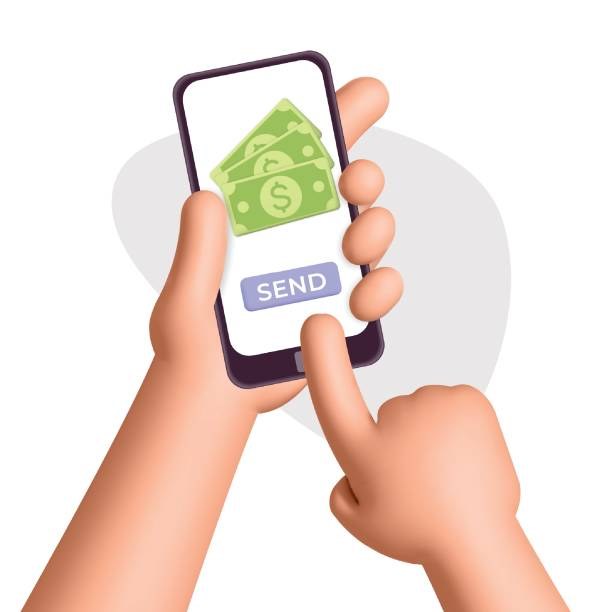Apps That Let You Borrow Money Without Direct Deposit

For millions of Americans living paycheck to paycheck, unexpected expenses can trigger a financial crisis. While direct deposit has become the standard for receiving wages, it's not universally available, leaving many workers vulnerable when emergencies strike. Now, a growing number of mobile applications offer short-term loans and cash advances without requiring direct deposit, presenting both opportunities and potential pitfalls for users.
These apps aim to bridge the gap for workers in the gig economy, those with non-traditional employment arrangements, or individuals simply seeking quick access to funds. But how do these apps work, what are the associated costs, and who benefits most from this new wave of financial technology?
The Rise of No-Direct-Deposit Apps
The trend of apps offering loans without direct deposit reflects the evolving nature of work and the increasing demand for flexible financial solutions. These apps generally utilize alternative methods to verify income and assess creditworthiness, often relying on bank account history, transaction data, or even employment verification through third-party platforms.
How They Work
Most apps operate on a similar model: users connect their bank accounts, and the app analyzes their transaction history to determine eligibility and loan amounts. Some apps also require users to provide proof of employment or income through pay stubs or other documentation. Loan amounts are typically small, ranging from a few dollars to a few hundred, and repayment is usually scheduled for the user's next payday.
Examples of apps in this category include Earnin, Branch, and certain offerings from larger fintech companies. Earnin, for example, tracks users' work hours to allow them to access earned wages before payday. Branch, initially focused on scheduling and payments for hourly workers, also provides access to earned wages.
Costs and Fees
While these apps often advertise themselves as alternatives to payday loans, they are not without costs. Many apps rely on tips or voluntary fees, while others charge mandatory fees or subscription costs. The absence of traditional interest rates can be misleading, as the fees, when annualized, may equate to a high cost of borrowing.
Some critics argue that these apps can create a cycle of dependency, with users relying on advances to cover recurring expenses. This can lead to a situation where individuals are constantly borrowing against their future earnings, potentially exacerbating financial instability.
Who Benefits (and Who Doesn't)
The primary beneficiaries of these apps are individuals who lack access to traditional financial services or who need immediate funds for emergencies. Gig workers, hourly employees, and those with irregular income streams may find these apps particularly appealing.
However, the convenience of these apps comes with potential downsides. Users with limited financial literacy may struggle to understand the true cost of borrowing, and those with already fragile financial situations may be more susceptible to the risks of over-reliance on cash advances.
"It's crucial for users to carefully evaluate their needs and understand the terms and conditions before using these apps," says Sarah Miller, a financial advisor at ClearPath Solutions. "While they can be helpful in a pinch, they shouldn't be used as a long-term solution to financial problems."
Regulatory Scrutiny
The rise of no-direct-deposit loan apps has attracted increasing attention from regulators. Concerns about transparency, hidden fees, and the potential for predatory lending practices have prompted calls for greater oversight.
Some states have begun to examine the legal status of these apps, questioning whether they should be classified as lenders and subject to existing usury laws. The Consumer Financial Protection Bureau (CFPB) has also expressed interest in the industry, signaling a potential for future regulatory action.
A Double-Edged Sword
Apps that offer loans and cash advances without direct deposit represent a significant shift in the landscape of short-term lending. They provide a valuable service to individuals who may be excluded from traditional financial systems.
However, users must exercise caution and carefully consider the associated costs and risks. As the industry continues to evolve, regulatory oversight will be crucial to ensure fairness and protect vulnerable consumers from predatory practices. Ultimately, responsible usage and informed decision-making are key to harnessing the benefits of these innovative financial tools while mitigating potential harms.
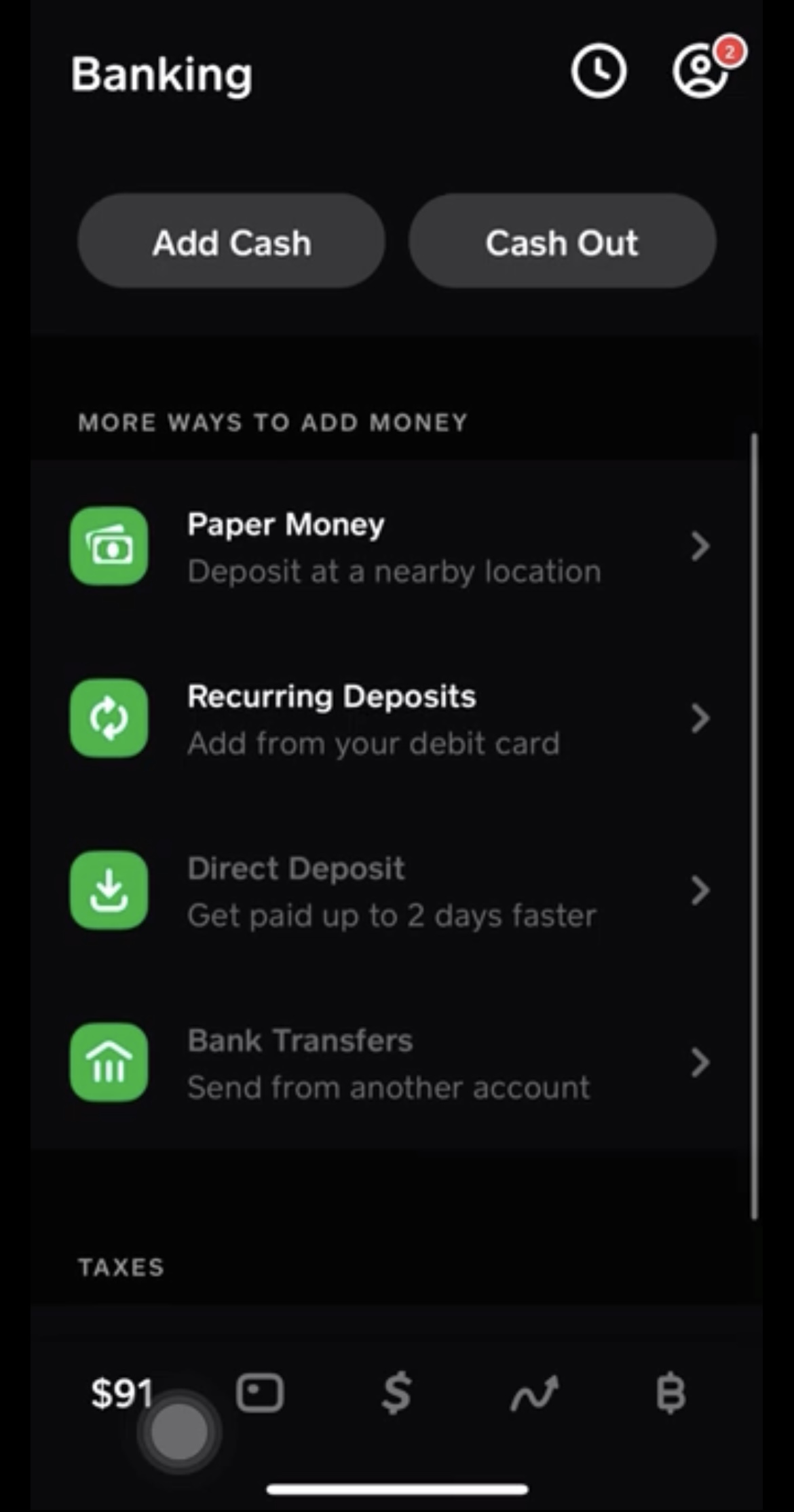

![Apps That Let You Borrow Money Without Direct Deposit 12 Apps That Let You Borrow Money Instantly [Official Guide]](https://overdraftapps.com/wp-content/uploads/2022/05/IMG_0082-2048x1365.jpg)



![Apps That Let You Borrow Money Without Direct Deposit 12 Apps That Let You Borrow Money Instantly [Official Guide]](https://overdraftapps.com/wp-content/uploads/2022/05/IMG_0115-1536x1024.jpg)
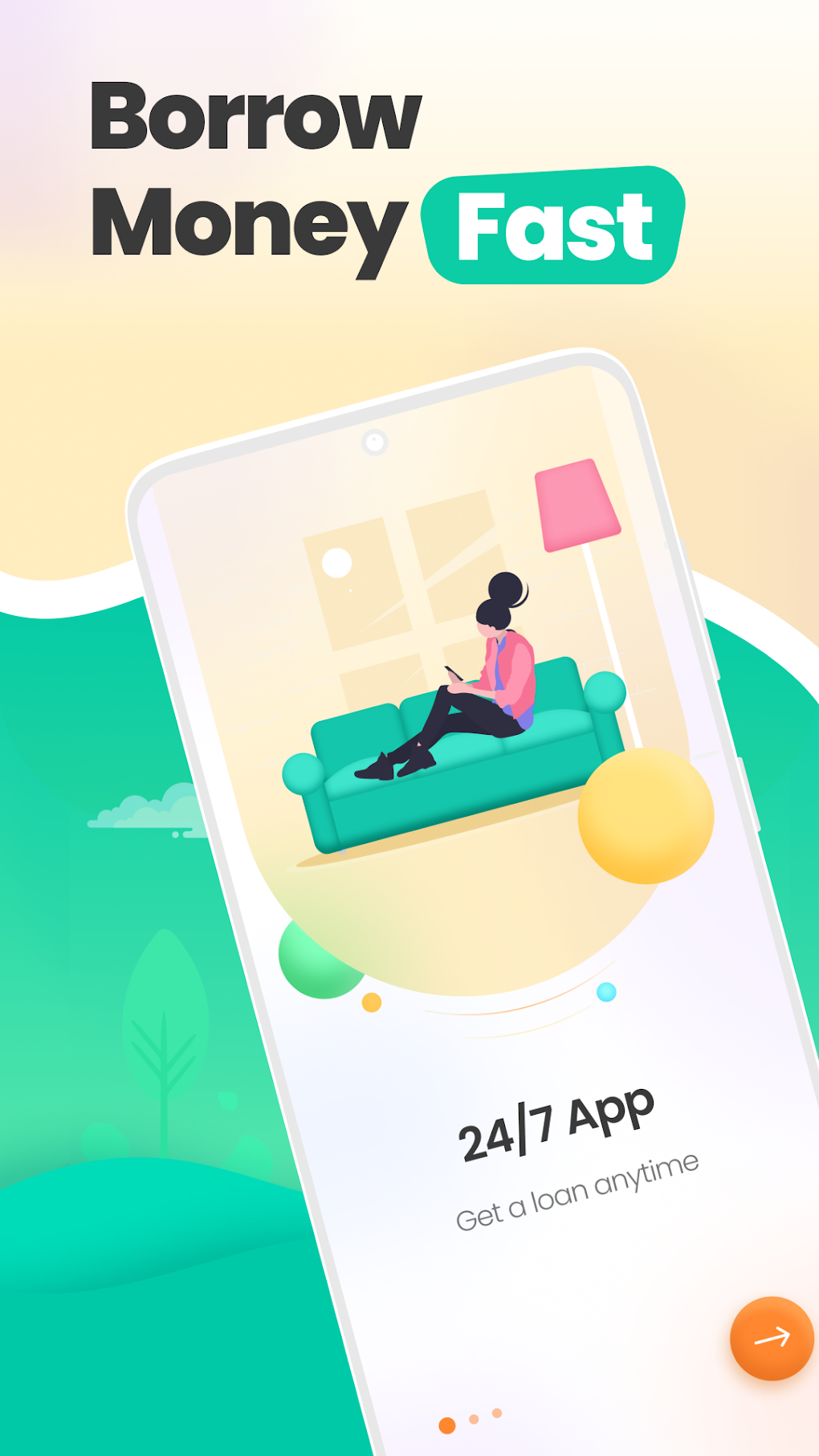

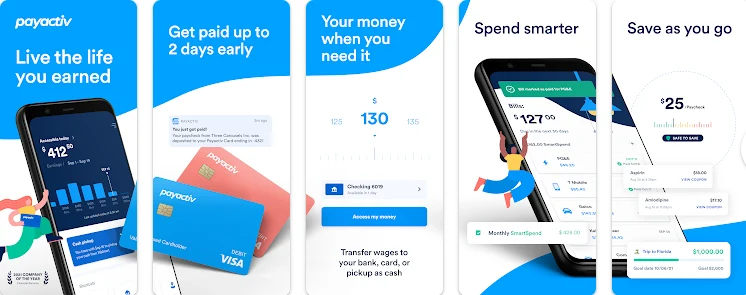

![Apps That Let You Borrow Money Without Direct Deposit 12 Apps That Let You Borrow Money Instantly [Official Guide]](https://overdraftapps.com/wp-content/uploads/2022/08/IMG_3025Brigit1-1-1024x683.jpg)
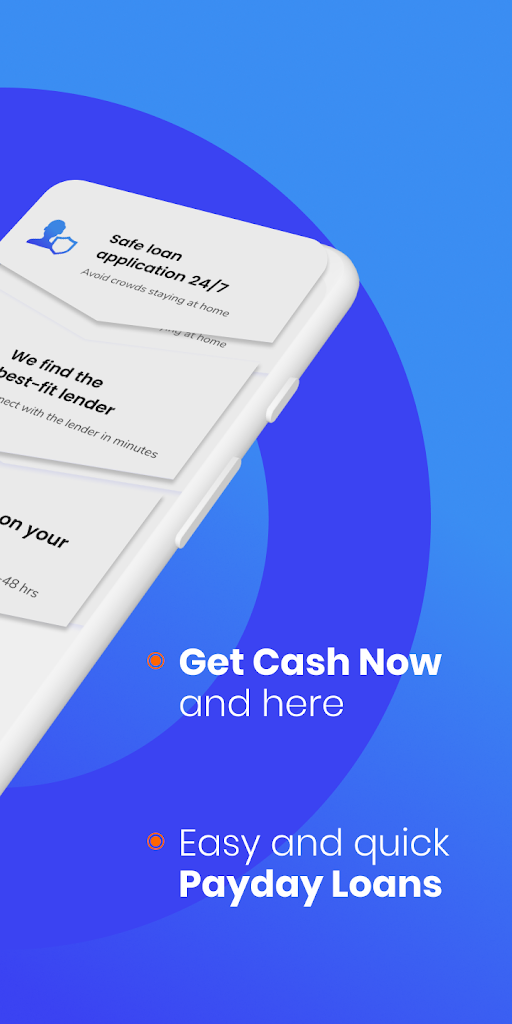
![Apps That Let You Borrow Money Without Direct Deposit 12 Apps That Let You Borrow Money Instantly [Official Guide]](https://overdraftapps.com/wp-content/uploads/2022/05/IMG_0036-2048x1365.jpg)
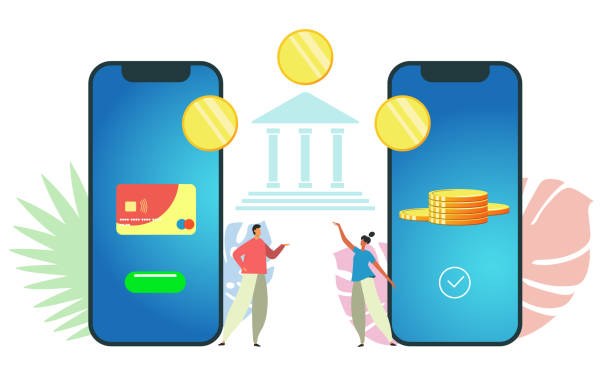
![Apps That Let You Borrow Money Without Direct Deposit 12 Apps That Let You Borrow Money Instantly [Official Guide]](https://overdraftapps.com/wp-content/uploads/2022/05/IMG_0087-1536x1024.jpg)

